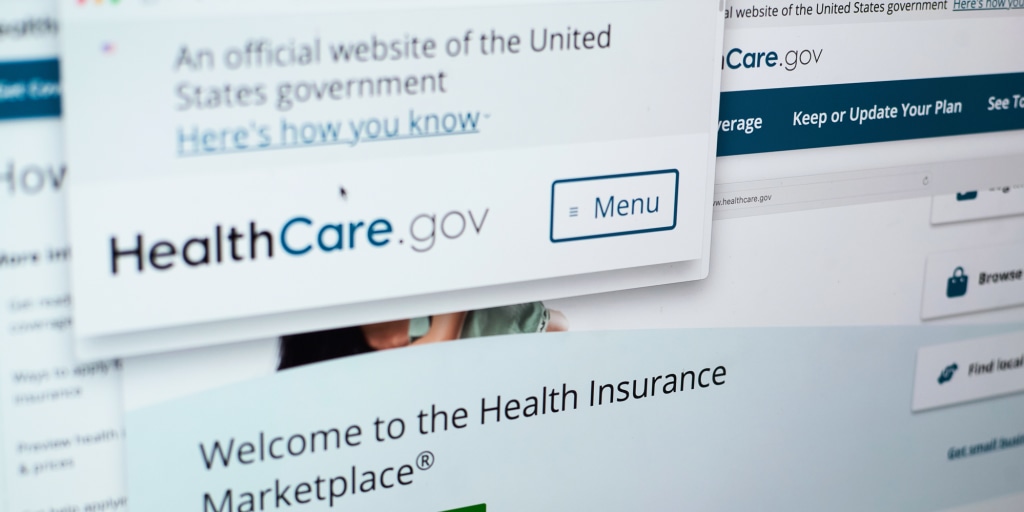Open enrollment for Affordable Care Act (ACA) health plans began Wednesday in Idaho, giving the rest of the nation an early look at how steeply premiums are expected to climb in 2026.
For many Idaho residents, the question now is whether they can still afford coverage once the enhanced subsidies that have kept premiums affordable for middle-income families expire at the end of this year.
Bob McMichael, 63, and his wife, Leslie, 62, say they already know they won’t be able to keep their plan. The retired couple, who earn about $42,000 annually, currently pay just $51 per month for their ACA plan. But last month, they received a notice stating their monthly premium would skyrocket to $2,232 next year without the federal subsidies.
“We’re facing a stratospheric increase in health care and probably don’t have any option to stay on health care as of January 2026,” McMichael said.
Following the shocking notice, the couple wrote to Sen. Mike Crapo, R-Idaho, urging him to support legislation that would extend the subsidies. That very issue has now become central to the ongoing government shutdown battle in Washington. Democrats are insisting that Republicans agree to preserve the enhanced subsidies — first enacted in 2021 — before they vote to reopen the government. Without those tax credits, Idaho state officials estimate that average premiums could rise by about $1,200 a year, representing a 75% increase.
“A pretty big number of people are going to see their premiums double, if not more,” said Hillarie Matlock, policy director for Idaho Voices for Children, a nonprofit advocating for broader access to health coverage.
This year alone, over 100,000 Idaho residents benefited from the enhanced subsidies — roughly 87% of all ACA enrollees in the state, according to the Centers for Medicare and Medicaid Services.
Pat Kelly, executive director of Your Health Idaho, the state’s health insurance marketplace, warned that around 25,000 Idahoans are expected to drop coverage next year if the subsidies expire on Dec. 31. He said the state has spent months preparing for this impact and training insurance agents to help residents navigate the changes.
“We’ve spent a lot of this year training agents on what the changes will be and how we will communicate those changes to their consumers,” Kelly said.
Gideon Lukens, senior fellow and director of research and data analysis at the Center on Budget and Policy Priorities — a nonpartisan think tank — explained that the losses could be financially devastating for many middle-class families. A 60-year-old couple earning $85,000 a year in Idaho could face an additional $1,500 per month in premiums, while a family of four making $130,000 could see an increase of about $650 a month.
“And that’s not an outlier,” Lukens said. “For some people, it’s going to be a lot worse.”
Matlock added that many Idahoans are already trying to get necessary medical procedures and appointments done before the end of the year, worried they might not be able to afford preventive care in 2026. “We’ve heard from a couple of folks that they’re trying to get as much taken care of before the end of the calendar year just because they’re concerned about the inability to address things in a preventative way or even do their appointments next year because of the cost,” she said.
Those who don’t qualify for any tax credits won’t escape the increases either. Lukens said premiums for unsubsidized marketplace enrollees are expected to climb about 18% on average, as insurers raise their rates for next year. “Virtually all marketplace enrollees in Idaho are going to see their premiums increase,” he said.
Mark and Sarah Lathrop of Coeur d’Alene, Idaho, fall into that category. The couple, who run Liberty Lake Wine Cellars across the border in Washington, currently pay $1,116 per month for their ACA coverage. Their 2026 renewal notice shows that premium rising to $1,351 per month — a 21% increase — with their out-of-pocket maximum jumping from $12,000 to $18,400.
Mark Lathrop said they’ve already had to scale back on travel, dining, and other personal expenses as their winery’s sales have flattened and tariffs have driven up costs. Still, he said they plan to keep their health insurance because of a medical condition that requires ongoing care.
“I don’t think my situation is as bad as some others that are losing tax credits though, but it will be common among small-business owners,” Lathrop said.




Stop voting Republican. They do not care about you.